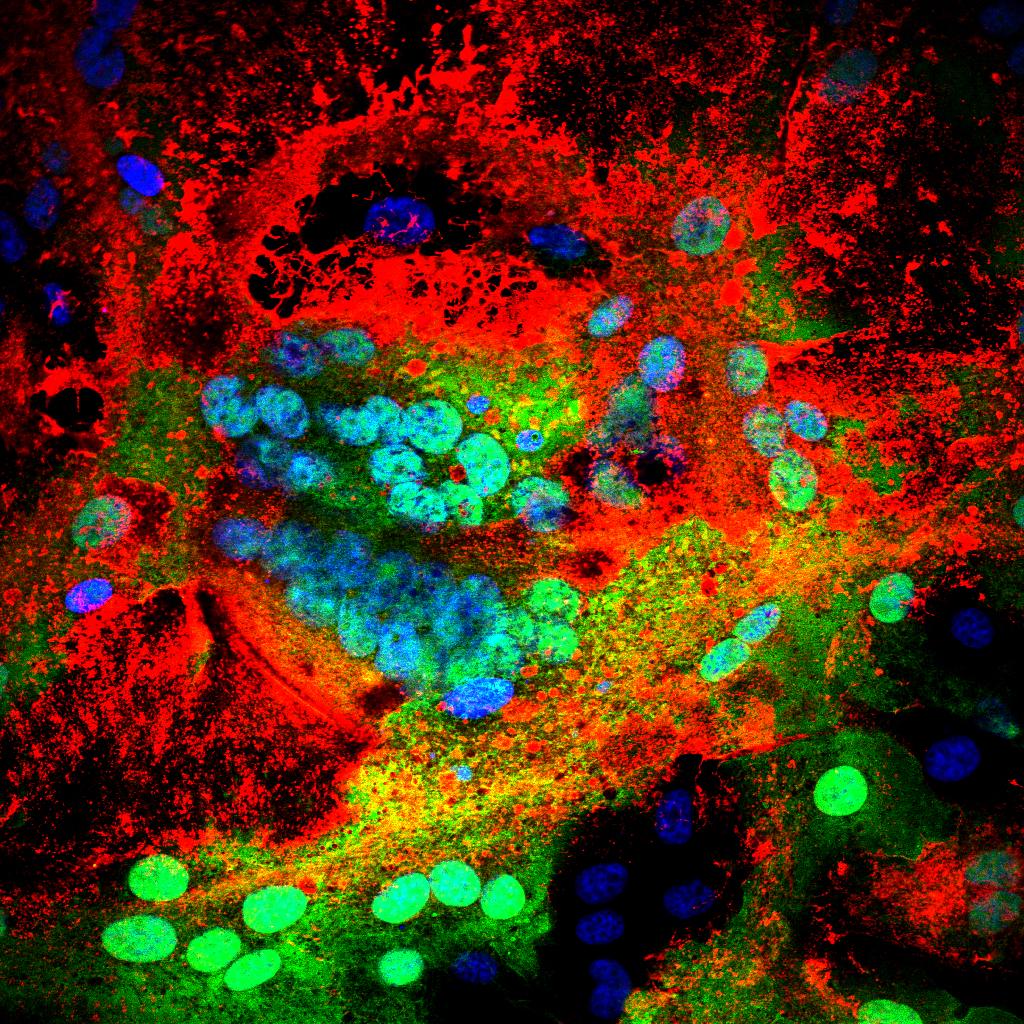Molecular and epidemiological features of peste des petits ruminants outbreak during endemic situation
An outbreak of peste des petits ruminants (PPR), possibly caused by the introduction of new animals in the herd, was investigated in an unvaccinated mixed herd of sheep and goats. Goats in the herd showed characteristic signs of PPR including nasal and ocular discharges, high temperature, diarrhea and ulcerative lesions in the oral cavity. A total of eighteen goats from a herd of sixty, were affected and two goats succumbed within two weeks. Interestingly, the disease was exclusively observed in goats and all sheep kept in the same herd were serologically positive but did not show any clinical signs of PPR. The active PPR virus (PPRV) infection was confirmed by antigen capture ELISA and RT-PCR in both swab and body tissue samples. The molecular characterization revealed clustering of the PPRV within lineage IV with significant substitutions in the nucleoprotein (NP) gene. Genetic variations within NP gene, and possibly in other proteins which are essentially mediating protective immunity, may explain the extreme infectious nature of the virus and its host-specific pathogenesis. Moreover, understanding the nature of such circulating field viruses is essential to underpin the endemic potential of PPRV and its possible spread to the susceptible wild or domestic small ruminants.
